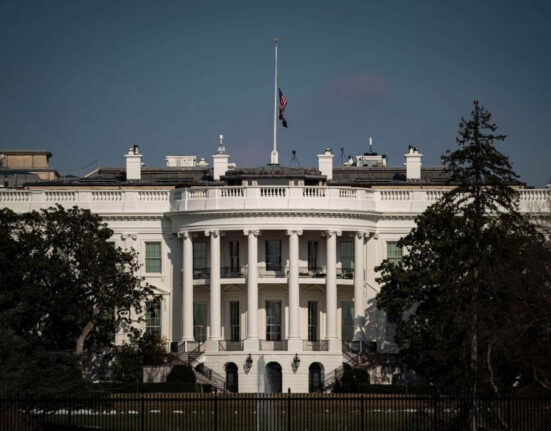The looming deadline for President Donald Trump’s tariffs has sent shockwaves through the global economy. With the prospect of double-digit tariffs on the horizon, countries such as Japan, South Korea, Laos, Myanmar, and others are bracing for potential economic repercussions. The uncertainty surrounding trade deals has left many wondering about the future implications of these tariffs.
“Tariffs can have a significant impact on various sectors of the economy,”
noted an expert in international trade.
“It’s crucial to analyze how they might affect industries like manufacturing, which play a vital role in driving economic growth.”
President Trump’s rationale behind imposing tariffs is to reduce the trade deficit, boost US manufacturing, and safeguard American jobs. By incentivizing consumers to purchase domestically produced goods and increasing tax revenue, he aims to revitalize the manufacturing sector.
However, experts caution that rebuilding US manufacturing to its former glory won’t be easy. Despite recent investments and job creation initiatives announced by companies like US Steel and Nippon Steel, challenges persist in areas such as skilled labor availability and technological advancement.
“The manufacturing landscape has evolved significantly over the years,”
explained an industry analyst.
“While there have been positive indicators of growth in certain sectors, sustaining long-term success will require strategic planning and targeted interventions.”
The latest data from the US Bureau of Economic Analysis reveals that manufacturing contributed $2.9 trillion to the economy in early 2025—a modest increase from the previous year. This places manufacturing among the top contributors to GDP alongside finance, professional services, and government sectors.
On a more granular level, the Institute for Supply Management’s Manufacturing Index (PMI) serves as a barometer for gauging economic activity within the sector. A PMI reading above 50 indicates expansion, while anything below signals contraction. The recent PMI figure of 49% underscores a concerning trend of contraction persisting for four consecutive months.
“Manufacturers are facing uncertainties due to fluctuating market conditions influenced by tariff policies,”
remarked an economist familiar with industry trends. “This instability makes it challenging for businesses to make informed decisions regarding production levels and investments.”
Employment within the manufacturing sector has seen fluctuations over time—experiencing both growth spurts and declines in tandem with economic shifts. While there has been an uptick in employment numbers compared to five years ago, current figures remain below historical peaks witnessed decades earlier.
The global landscape paints a contrasting picture where China has emerged as a dominant force in manufacturing output compared to traditional powerhouses like the US. Despite this shift, America continues to add substantial value within its manufacturing domain while optimizing workforce efficiency—an aspect that sets it apart from other leading competitors.
As policymakers navigate through intricate trade dynamics and geopolitical tensions affecting global commerce patterns—it remains imperative to strike a delicate balance that safeguards domestic interests without stifling international cooperation essential for sustained economic prosperity.









Leave feedback about this